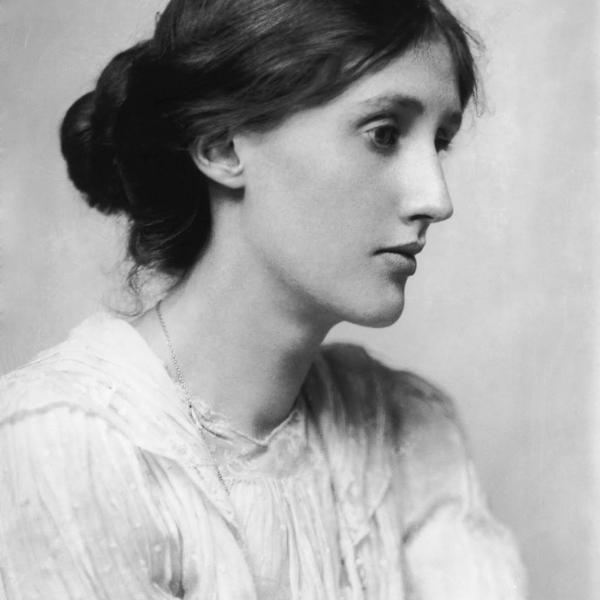As a core member of the creative writing faculty, Professor Dutton teaches graduate and undergraduate fiction writing workshops as well as a variety of creative-critical courses that emphasize cross-genre and interdisciplinary approaches. In 2024, Dutton was awarded the Arts & Sciences Excellence in Teaching Award.
Dutton is the author of four books: Prairie, Dresses, Art, Other, Margaret the First, SPRAWL, and Attempts at a Life. She wrote the illustrated nonfiction chapbook A Picture Held Us Captive, and the text interpolations in Richard Kraft’s collage narrative Here Comes Kitty: A Comic Opera. Her writing has been published in magazines and journals including The New Yorker, The Paris Review, n+1, Conjunctions, Harper’s, BOMB, Fence, NOON, etc. She has recently written introductions for reissues of Ann Quin's novel Tripticks and Renee Gladman's TOAF.
In 2009, Dutton co-founded the acclaimed feminist press Dorothy, a publishing project. The press was named for Dutton’s great aunt Dorothy Traver, a librarian who drove a bookmobile through the backroads of Southern California, delivering books to rural desert communities. Over the years, Dorothy has published books by established innovative writers including Renee Gladman, Cristina Rivera Garza, Amina Cain, Kate Briggs, Nathalie Léger, and Leonora Carrington, and it launched the publishing careers of Nell Zink, Suzanne Scanlon, Azareen Van der Vliet Oloomi, Jen George, and Giada Scodellaro. Dutton does the cover and text design/composition for Dorothy’s books. In 2020, Dutton and co-founder Martin Riker won the Golden Colophon Award for Paradigm Independent Publishing from the Council of Literary Magazines and Presses.
Dutton holds a PhD from the University of Denver, MFA from The School of the Art Institute of Chicago, and BA from the University of California at Santa Cruz. Before joining the faculty at WashU in 2011, she was an instructor in the Jack Kerouac School of Disembodied Poetics at Naropa University and the book designer at Dalkey Archive Press, where she designed for many titles, including: Stories and Essays of Mina Loy, Autoportrait and Suicide by Édouard Levé, Djuna Barnes’s Ryder, Alix’s Journal by Alix Cléo Roubaud, JR and The Recognitions by William Gaddis, and Aliss at the Fire by Jon Fosse.



